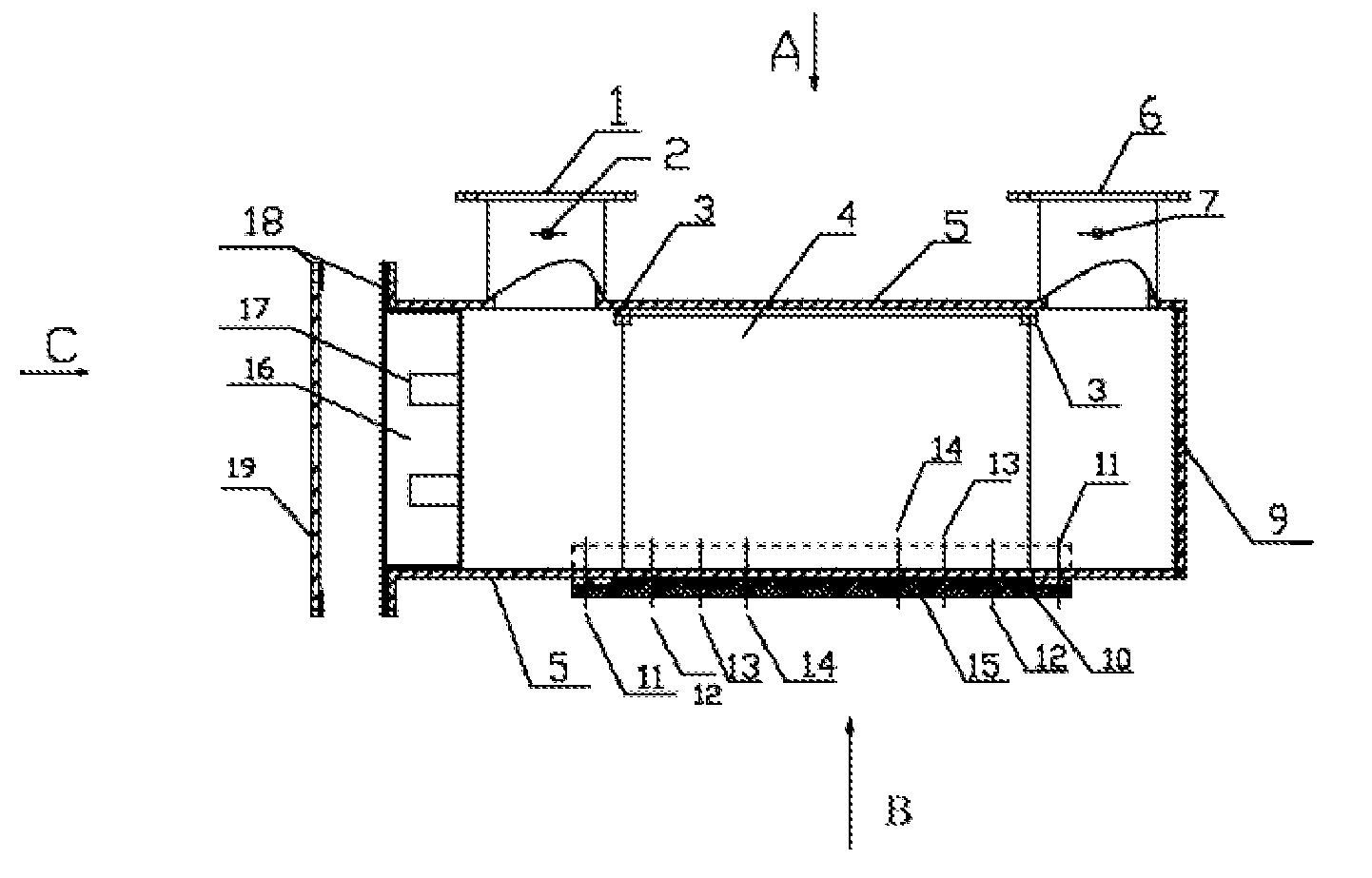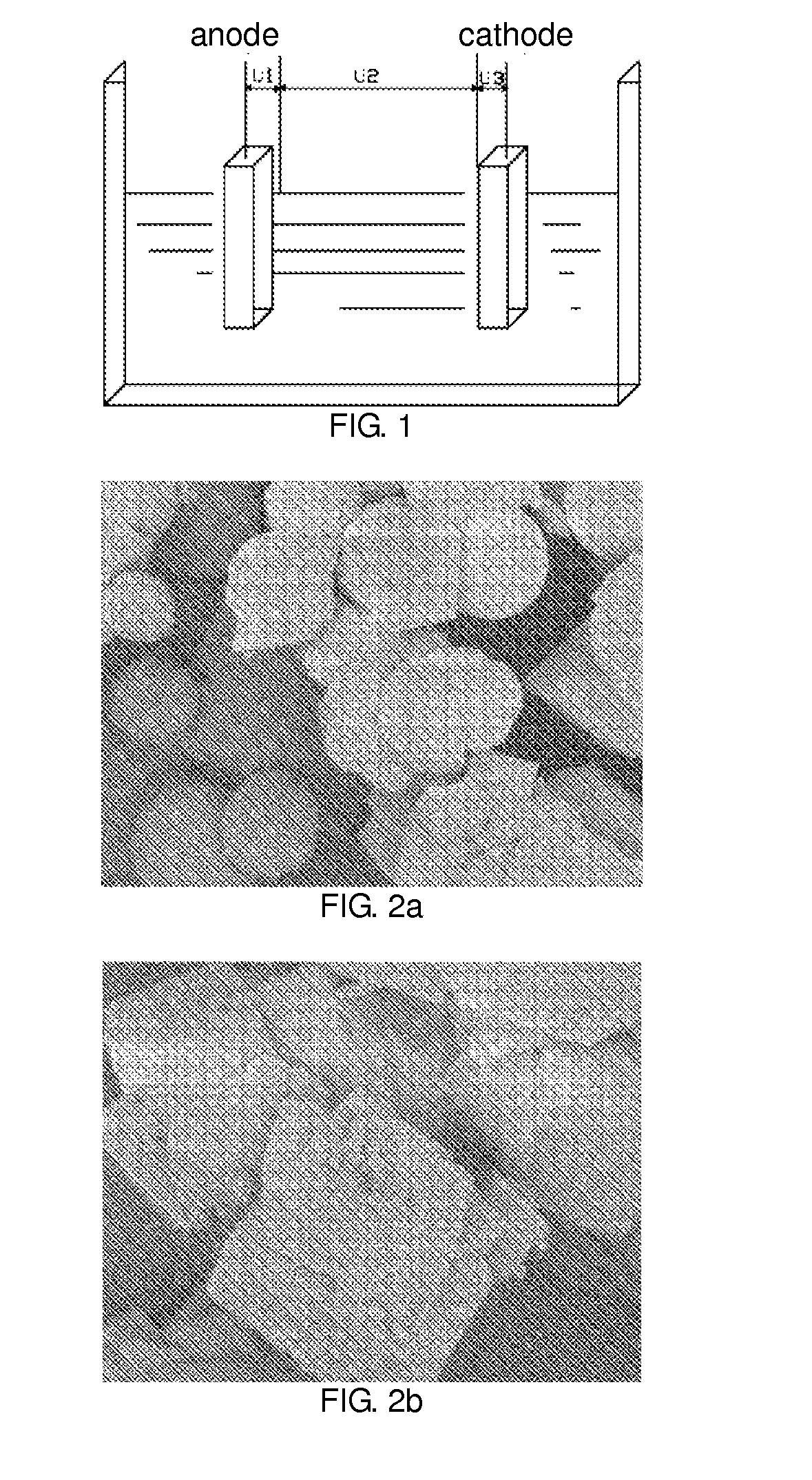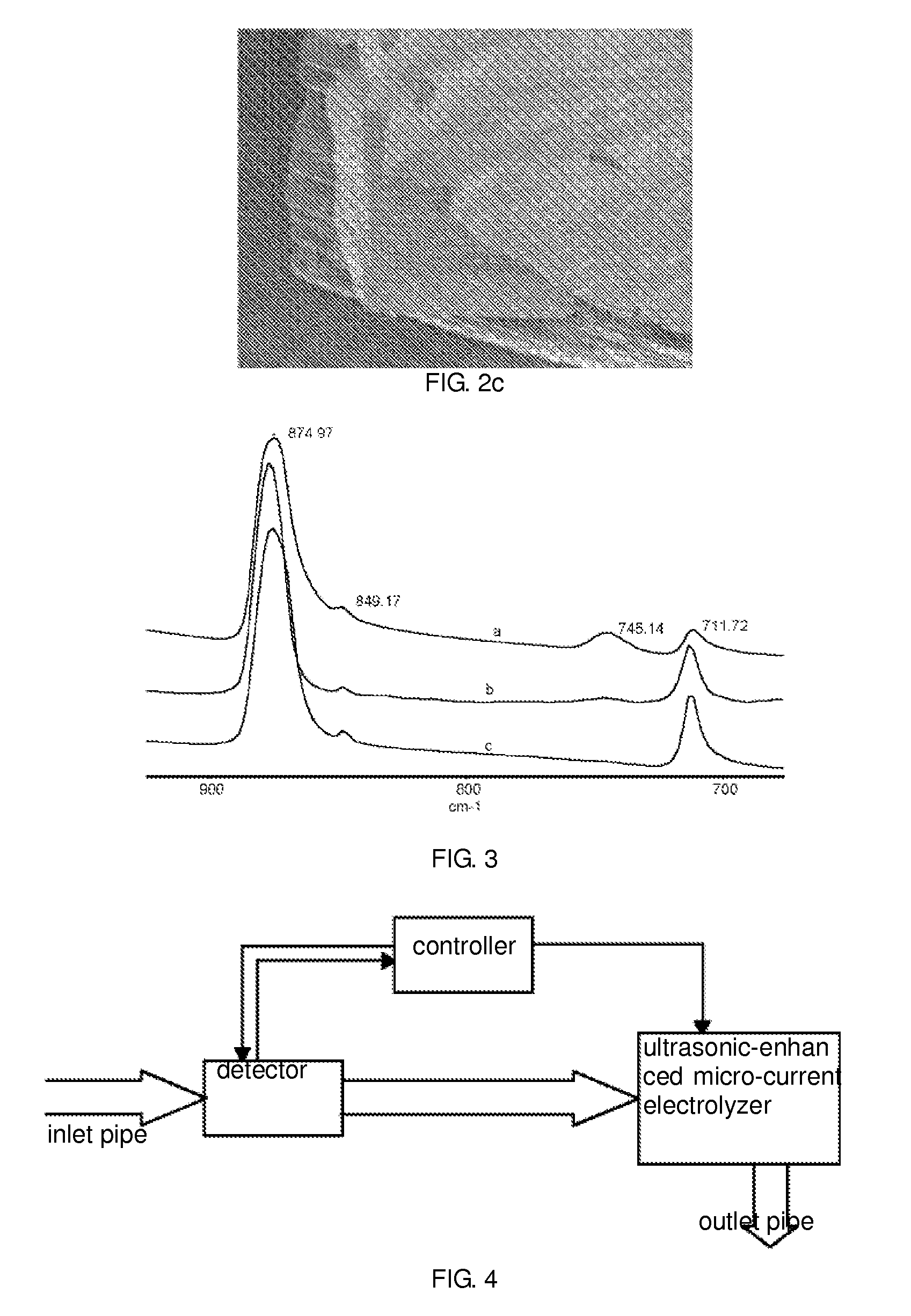As water reoxygenation is blocked due to coverage of numerous
cyanobacteria on the water surface, along with
putrefaction of a great number of dead cyanobacteria, the
water body may stink due to
oxygen shortage, leading to a vicious cycle.
In addition to numerous blue algae generated from
eutrophication, the
natural water bodies contain many harmful bacteria and viruses, such as coliform,
enterococcus group and
vibrio cholerae, which may be taken to other water bodies as
ballast water collected by the ships, thus causing ecological disaster.
The local
ecological environment may be unbalanced if such alien or new micro-organisms are discharged from the ships.
Generally speaking, such micro-organisms are harmful to the human bodies, posing
threat to the environment, ships and personal health or damage to goods in the event of leakage of
ballast water.
The equipments and facilities for controlling the blue algae of large-area water bodies and preventing the invasion of foreign harmful
aquatic organisms and pathogens must be characterized in:(1) Quick speed of killing micro-organisms and pathogens: for large-area water bodies, if the processed water enters into the main
water body and
biocide is added, the water will be diluted and the bactericidal capacity is diminished along with a large number of surviving micro-organisms, resulting in large-scale
reproduction and poorer
control effect; for application to treatment of
ballast water requiring fast pumping and
discharge, the processed water cannot reach the standard in the event of killing slowly the micro-organisms and pathogens;(2) High sterilization efficiency: as per the stipulation of D-2 of 2004 International Convention for the Control and Management of Ships'
Ballast Water and
Sediment, the
performance index of the discharged ballast water must meet:(a). less than 10 viable organisms per
cubic metre greater than or equal to 50 micrometres in minimum dimension; and(b). less than 10 viable organisms per millilitre less than 50 micrometres in minimum dimension and greater than or equal to 10 micrometres in minimum dimension; and(c). as a
human health standard,
discharge of the indicator microbes shall not exceed the specified concentrations described below:(
The biocides are characterized in stronger biological
toxicity and longer residual time, and can be applied domestically to sterilization in re-circulating
sewage or cooling water
system, but unsuitable for treatment of large
eutrophic water bodies (such as lake) and ballast water to be discharged.
In general,
biocide sterilization has satisfactory
treatment effect for small water bodies, but cannot maintain a longer time, e.g.
biocide is required again after 1-2 weeks in the summer.
For treatment of large
eutrophic water bodies, biocide sterilization has the disadvantages of higher
operating cost and secondary
pollution of biocide; for treatment of ballast water, the residue needs be subject to biological
toxicity and toxicological evaluation.
The technology almost has no effect for large-area water bodies, which has the disadvantages that, the technology and equipments cannot remove efficiently harmful bacteria (toxic
vibrio cholerae, coliform and
enterococcus group) and viruses, nor meet the treatment demands of ballast water.
However, the technology and equipments have the disadvantages of higher pressure and
energy consumption, and easy
pollution and congestion of the membrane, as well as higher
operating cost and unqualified treatment capacity for treatment of blue algae of large-area and high-flux water bodies.
Both patents have the disadvantages that the damage of ultrasonic wave to ultrasonic
energy converter PZT arranged on opposite
pipe wall or tank is not considered, the service life of ultrasonic
energy converter is directly affected by non-ignorable damage of echoes perpendicular to the ultrasonic
energy converter to PZT, and the
operational stability and reliability of the device is reduced.
As for treatment of blue algae in large-area water bodies, high-pressure algae removal also has the disadvantages of higher
energy consumption and operating cost; as for treatment of ballast water, the technology faces the problem of treatment capacity and operating cost.
Biological treatment is hoped to be used for eutrophic fresh water bodies, but biological treatment can cause biological disasters to native species with introduction of alien organisms.
Moreover, blue algae is actually cyanobacteria, whose toxins in ppm level can cause death of fish and poultry within a few minutes.
Biological treatment is unrealistic to red bloom of seawater
system.
At present, biological treatment of algae is still in the exploratory stage, and no successful case is available for biological treatment of numerous
eutrophic water bodies on the international scale.
Since blue algae comprises a variety of cyanobacteria species, Overall inhibition of the blue algae with one or several micro-organisms and phages is difficult.
Besides, biological treatment is unsuitable for treatment of ballast water with respect to the speed and efficiency.
But the technology takes a longer time to control the blue algae in eutrophic water bodies, and the
outbreak of blue algae in eutrophic water bodies can cover the water surface and prevent water re-
oxygenation, meanwhile numerous dead cyanobacteria are decayed, and the dissolving
oxygen in water bodies are consumed, so water releases bad
odor, leading to the death of fish and other
aquatic organisms in a malicious cycle.
Similarly, ecological treatment is unsuitable for treatment of ballast water.
The technologies cannot achieve satisfactory sterilization effect for high-load, high-flux and large-area water bodies due to the restrictions of the scope and capacity of
ultraviolet sterilization.
The technology can be implemented more conveniently and cost-effectively than the packages by adding directly
bleaching powder,
chlorine dioxide and
hydrogen peroxide, but the
salinity of the water bodies is increased; so all the measures for adding agents and increasing the
salinity of water bodies are unacceptable, especially for sterilization and algae removal of eutrophic water bodies such as large-area lakes and reservoirs in the long run
However, the methods and systems have two disadvantages:(1) The
electrode spacing can meet the design requirement of ballast water electrolysis in seawater rather than in fresh water, since the ships may be berthed at the fresh water areas or harbors, where electrolytic
voltage varies greatly due to the different conductivities of water bodies.The
voltage applied between
anode and
cathode by the electrolysis
system comprises three parts, as shown in FIG. 1, wherein:U1: comprising
electrode potential and polarization
overpotential from
anode oxidation; in case the polarization of electromechanical reaction can be ignored, U1 almost remains unchanged independently of the
current density for specific
reaction system (reaction concentration, pH and temperature unchanged);U2: in case the
voltage drop and solution
conductivity caused by the solution resistance become lower, the resistance R can rise with the increase of
current density;U3: comprising
electrode potential and polarization
overpotential from
cathode reduction; in case the polarization of reaction can be ignored, and the cathode isn't stained and covered by suspended and inorganic substances, U3 almost remains unchanged independently of the
current density for specific
reaction system (reaction concentration, pH and temperature unchanged).The electrolysis current I is required to be maintained over a certain constant value in order to guarantee the sterilization and algae removal capacity of the system; in case the electrode spacing is d (no design is considered to change the electrode spacing for all publicly available electrolysis systems), the electrolysis area is S, and
conductivity of water bodies is μ, with a relationship below:
(1) shows that, voltage U2 applied between anode and cathode has at least 60 times difference, thus the electrolysis system within the safety
voltage range almost cannot meet the requirements of ships for treatment of ballast water in different water regions.(2) Scaling at cathode exists in fresh water system, leading to sharp increase of resistance between cathode and water bodies against the electrolysis efficiency; in case the constant-current is to be guaranteed, the overall electrolysis voltage will rise sharply, resulting in abnormal system operation.Scaling of CaC03 at cathode mainly occurs during electrolysis in the fresh water system.
4 discloses a “combined micro-current electrolytic
water treatment technology and device”, whereby the scaling problems can be alleviated during cleaning of electrode surface by ultrasonic probe, but the
impact on
aquatic ecosystem is adverse, and slight scaling still occurs on the cathode surface during long-running; although the device can efficiently control and inhibit the blue algae in large eutrophic water bodies, the multiple groups of parallel electrodes can lead to difficult rotation of the installed platforms (ships and can buoys) during shift; moreover, aquatic animals (fish) entering the space between the electrodes can be exposed to
electric shock, thus forming
short circuit; the device is fixed into the
water tanks for electrolytic sterilization of sea farming water at a flow rate of 1.0-1.5 m / s, and a small amount of white
sediment is generated at the bottom of the tank (bottom of tank is 2 cm away from the edge of electrode) after long-running process (at least 3 months), but the cathode surface isn't covered by the
sediment.
In order to resolve the cathode scaling problem during electrolysis process, China
patent application No. 200620032114 discloses a pole-reversing electrochemical reactor that enables shedding off of cathode scaling via pole-reversing; but the method brings about a new problem, i.e. frequent pole-reversing descaling makes the loss of catalytic activity for the anode of electrolysis device, leading to higher
overpotential of electrode and decline of current efficiency.
Owing to the aforementioned shortcomings of large-area eutrophic and high-flux
ballast water treatment technology, e.g.: inefficiency of killing bacteria and blue algae, high operating cost and secondary
pollution, the technology isn't suitable for both fresh water and seawater systems.
 Login to View More
Login to View More 


